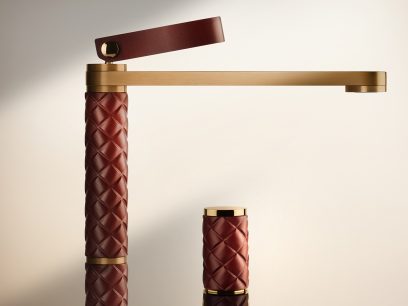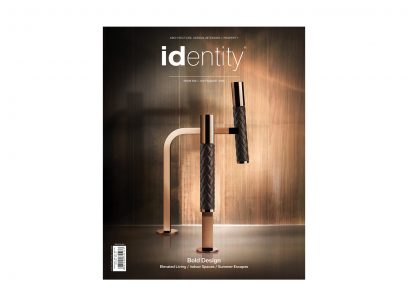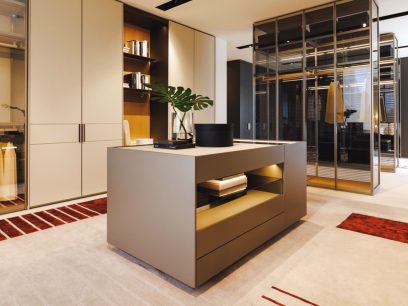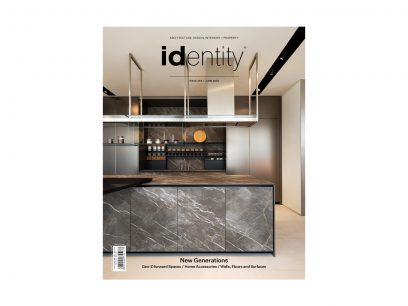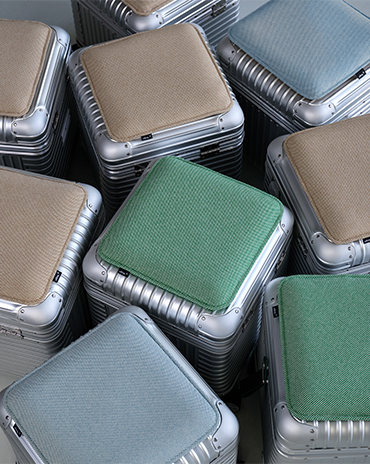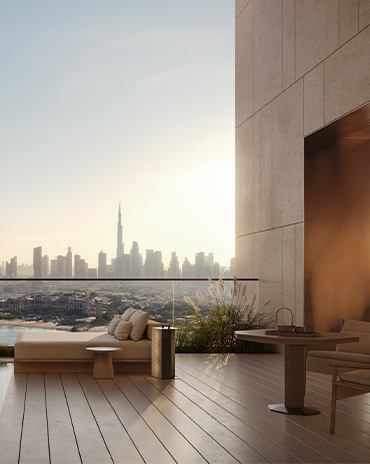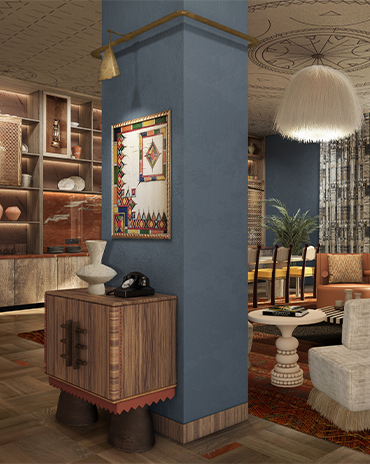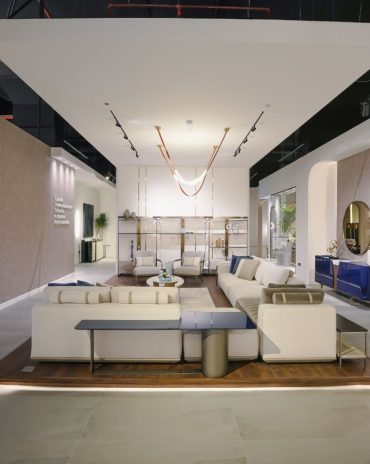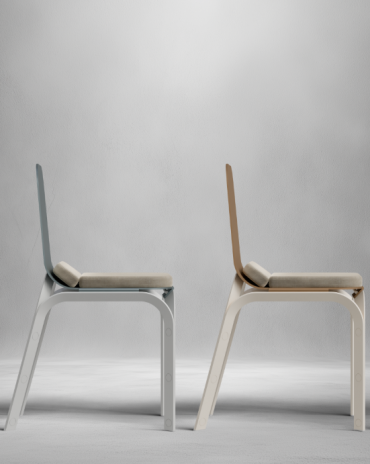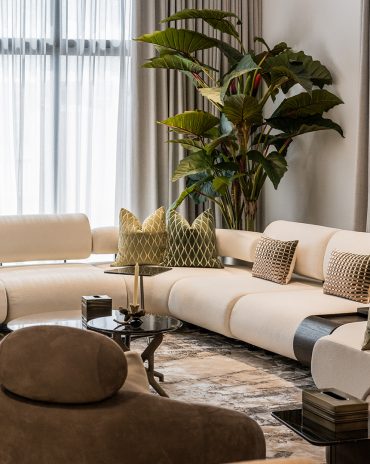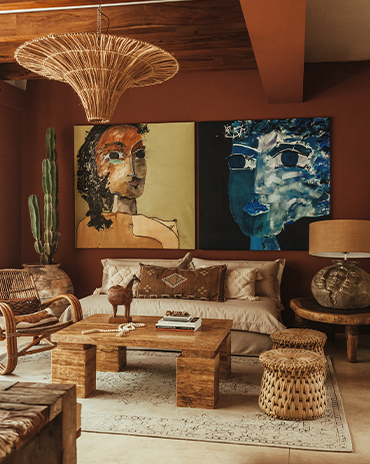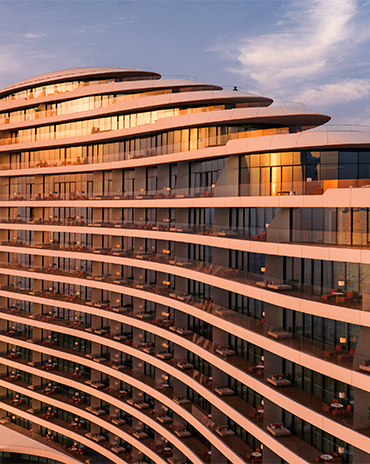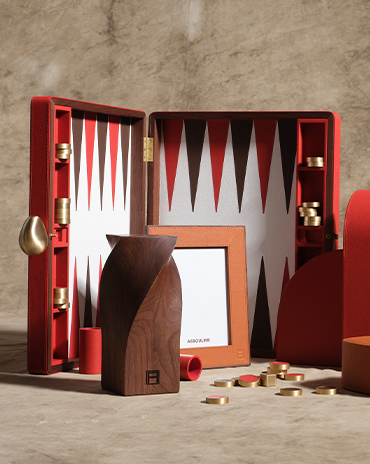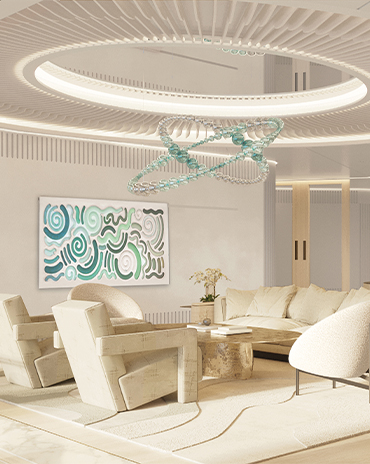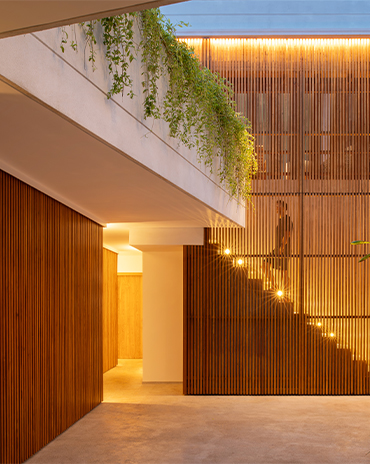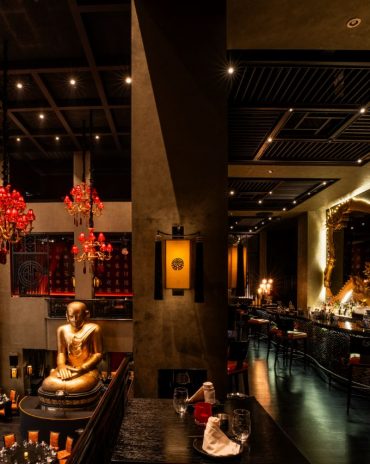Copyright © 2025 Motivate Media Group. All rights reserved.
id library: Fun Mill. The Architecture of Creative Industry in Contemporary China by Maria Paola Repelling
The book discusses creative clusters as fertile ground for research and action involving architectural and urban projects
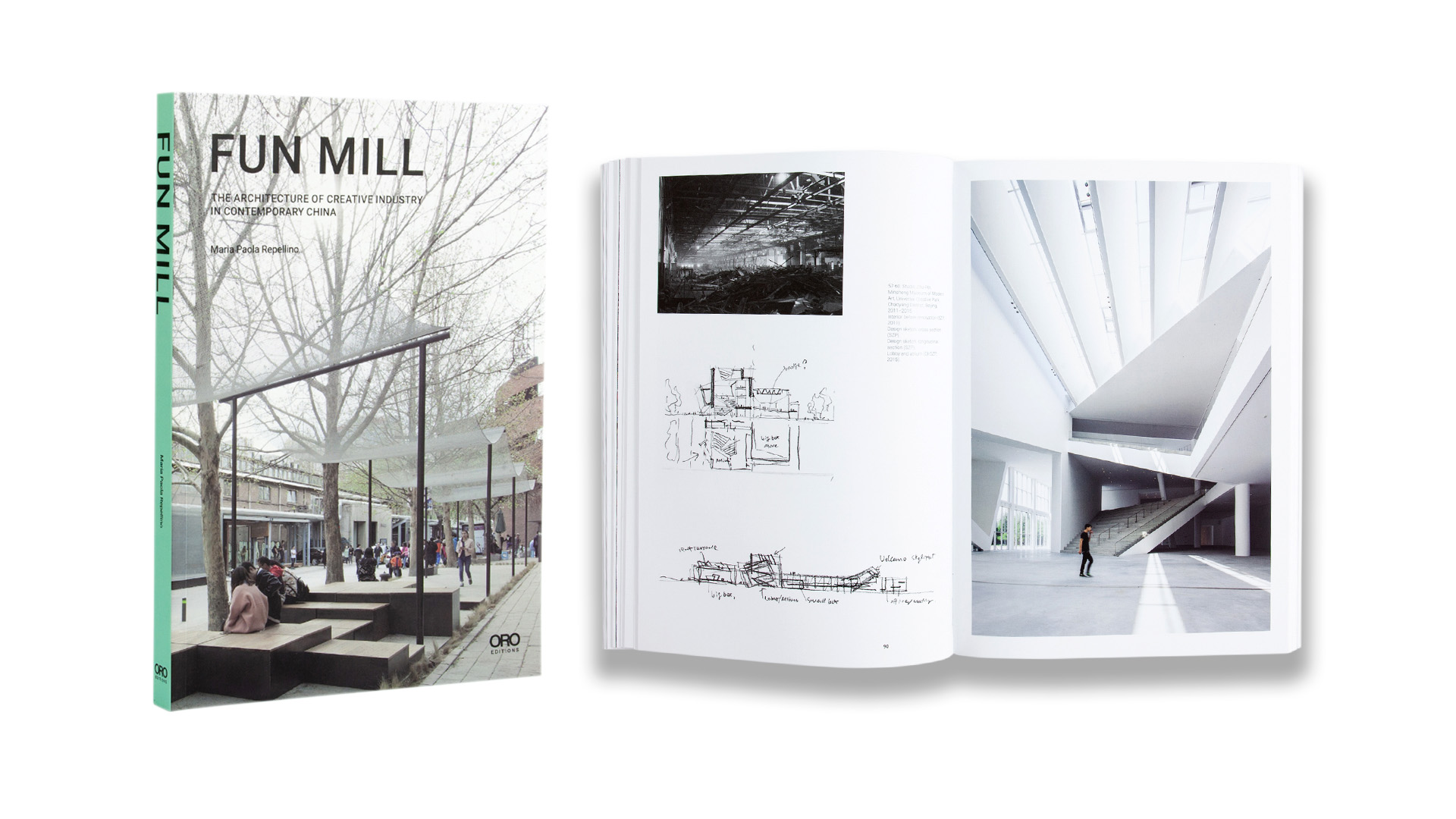
The China Room of Politecnico di Torino, Italy, recently published a collection of books looking at the study landscape changes caused by urbanisation in China, exploring processes and hierarchical decisions related to large-scale design, and illustrating the impact of urban creative transformation on contemporary architectural trends. One of the books in the collection, Fun Mill. The Architecture of Creative Industry in Contemporary China by Maria Paola Repellino, attempts to understand the creative industries in detail and talks about urban revival.
The promotion and development of creative industries has played a crucial role in the economic transition that has seen the manufacturing industry shift from ‘Made in China’ to ‘Created in China’. In the past decade, this has led to the explosive growth of creative industries and their physical transposition into cities. Hundreds of creative clusters – arts districts, cultural areas, media bases, incubators and parks for creative industries, also known as fun mills – continue to proliferate and trigger real estate enhancement strategies by reinventing important city districts.
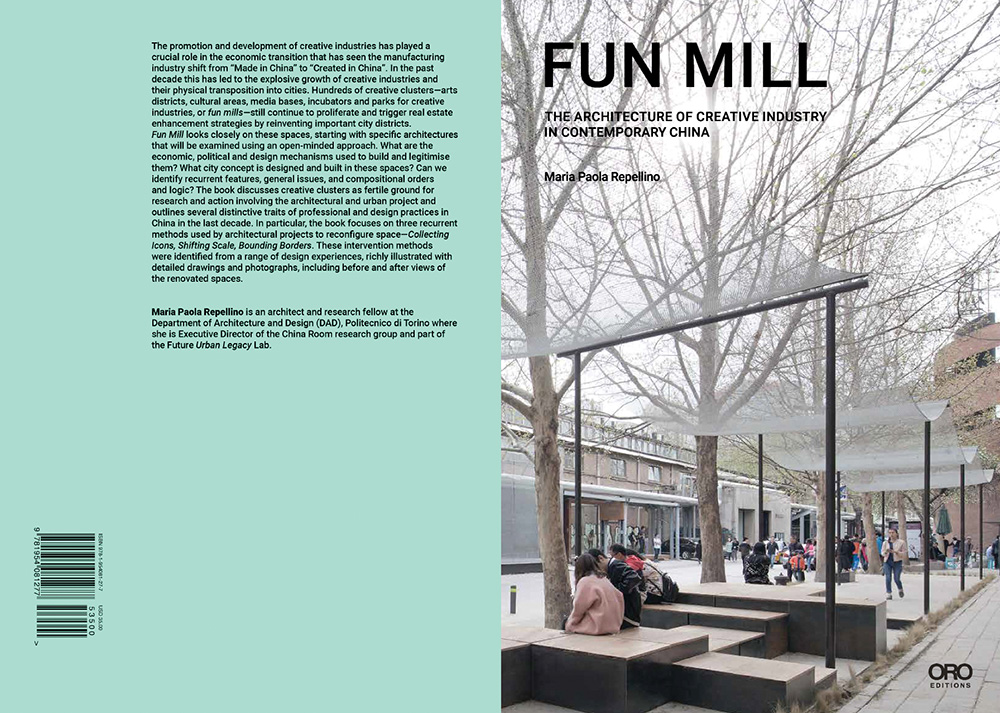
Back cover and Front cover of Fun Mill. The Architecture of Creative Industry in Contemporary China by Maria Paola Repellino. Photo courtesy by Oro Editions
Fun Mill looks closely at these spaces, starting with specific architectures that are examined using an open-minded approach. What are the economic, political and design mechanisms used to build and legitimise them? What city concept is designed and built in these spaces? Can we identify recurrent features, general issues, compositional orders and logic? The book discusses creative clusters as fertile ground for research and action involving architectural and urban projects, and outlines several distinctive traits of professional and design practices in China in the last decade. In particular, the book focuses on three recurrent methods used by architectural projects to reconfigure space: Collecting Icons, Shifting Scale and Bounding Borders. These intervention methods were identified from a range of design experiences, richly illustrated with detailed drawings and photographs, including before and after views of the renovated spaces.
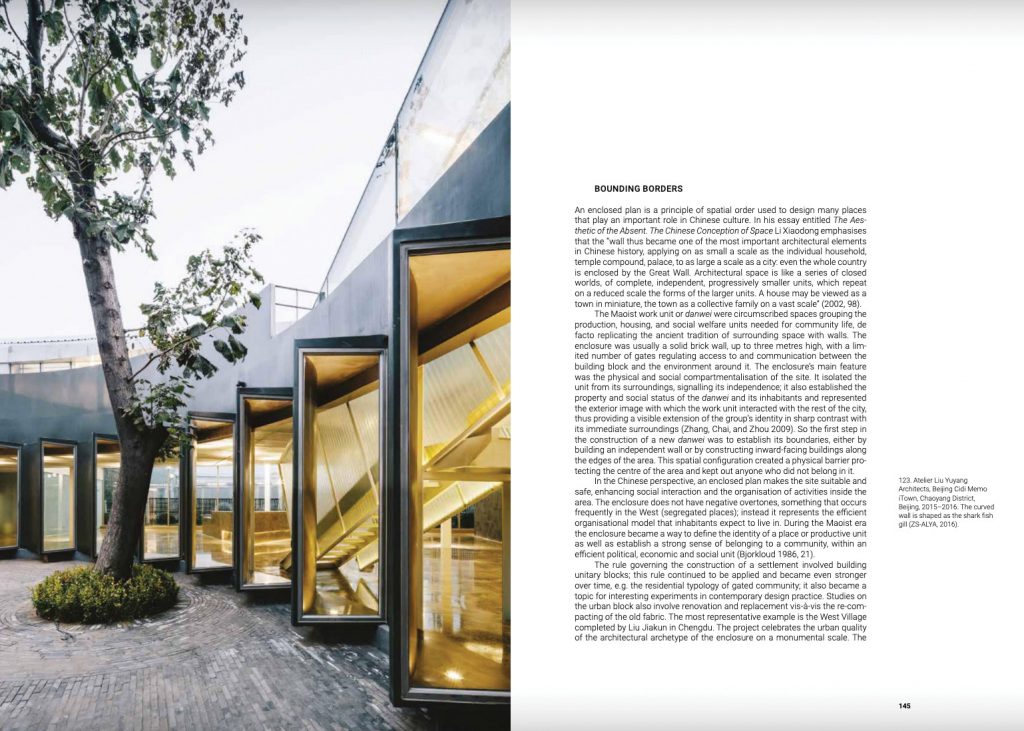
Beijing Cidi Memo iTown / Atelier Liu Yuyang Architects
The Author
Maria Paola Repellino is an architect and Ph.D. in Architecture and Building Design (2016); she is also a Research Fellow at the Politecnico di Torino, where she is Executive Director of the China Room research group and a member of the Future Urban Legacy Lab. She was also a Visiting Scholar at the School of Architecture of Tsinghua University in Beijing (2014). Her research work focuses on the role of industrial legacy in redefining the relationships between architecture, city and production in contemporary China. Prior to Fun Mill, her main publication was the book The City after Chinese New Towns (Birkhäuser 2019, ed. with M. Bonino, F. Governa, A. Sampieri).
The Latest
Designing Movement
RIMOWA’s signature grooved aluminium meets Vitra’s refined design sensibilities
A Sense of Sanctuary
We interview Tanuj Goenka, Director of Kerry Hill Architects (KHA) on the development of the latest Aman Residences in Dubai
Elevated Design
In the heart of Saudi Arabia’s Aseer region, DLR Group has redefined hospitality through bold architecture, regional resonance and a contemporary lens on culture at Hilton The Point
Turkish furniture house BYKEPI opens its first flagship in Dubai
Located in the Art of Living, the new BYKEPI store adds to the brand's international expansion.
Yla launches Audace – where metal transforms into sculptural elegance
The UAE-based luxury furniture atelier reimagines the role of metal in interior design through its inaugural collection.
Step inside Al Huzaifa Design Studio’s latest project
The studio has announced the completion of a bespoke holiday villa project in Fujairah.
Soulful Sanctuary
We take you inside a British design duo’s Tulum vacation home
A Sculptural Ode to the Sea
Designed by Killa Design, this bold architectural statement captures the spirit of superyachts and sustainability, and the evolution of Dubai’s coastline
Elevate Your Reading Space
Assouline’s new objects and home fragrances collection are an ideal complement to your reading rituals
All Aboard
What it will be like aboard the world’s largest residential yacht, the ULYSSIA?
Inside The Charleston
A tribute to Galle Fort’s complex heritage, The Charleston blends Art Deco elegance with Sri Lankan artistry and Bawa-infused modernism
Design Take: Buddha Bar
We unveil the story behind the iconic design of the much-loved Buddha Bar in Grosvenor House.

